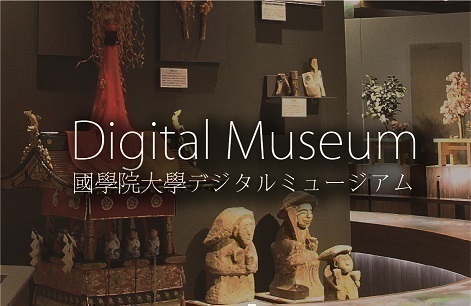- トップ
- Encyclopedia of Shinto
- Hōbeisai
Encyclopedia of Shinto
| Main Menu: | |
| Links: |
詳細表示 (Complete Article)
| カテゴリー1: | 5. Rites and Festivals |
|---|---|
| カテゴリー2: | Shrine Rituals |
| Title | Hōbeisai |
| Text | A rite in which heihaku offerings are presented to the kami by the emperor or the state. There are both annual and occasional versions of hōbeisai. The Jingiryō establishes nineteen annual hōbeisai, beginning with kinensai in spring. It also sets down that "offerings, rites and celebration days should follow a different ceremonial for each festival". A "different ceremonial" refers to the different regulations governing offerings (shinsen) and tribute (heihaku). The text also specifies that "on the occasion of the Kinensai and Tsukinamisai officials shall assemble at the Jingikan, where the Nakatomi shall recite norito and the Inbe shall apportion the offerings. Next, the offerings shall be distributed to the provincial shrines where rituals shall be performed". It was also stated that, "with the exception of calendrically scheduled rites, diviners of the fifth rank or above were to be dispatched with offerings to the various shrines." Since the category of calendrically scheduled rites included all the festivals after the kinensai, it can be concluded that these officials were in charge of bearing the offerings for occasional rites. According to Engishiki, 3,132 shrines received at the time of the kinensai. These shrines received different treatment in terms of offerings made, the style of offering, and the officials appointed to serve as emissaries. Of the 3,132 shrines receiving tribute, 492 were classified as major shrines, and 2,640 as lesser shrines. 304 of the major shrines received tribute from a Jingikan emissary who placed the offerings on top of an offertory table, while the remaining 188 received it from the provincial governor. Of the lesser shrines, 433 were visited by a Jingikan emissary who placed the offerings beneath the offertory table, while provincial governors were responsible for tribute presented to the remaining 2,207. Books 9 and 10 of Engishiki, which record the names of the deities receiving tribute, are referred to as Jinmeichō. Book 3 of the Engishiki, which is concerned with regulations for occasional festivals, including prayers for rain (kiushiu) such as Kamutoki no kami matsuri, Kamanari oshizumuru matsuri, specifies the deities who are to receive tribute. After having undergone various changes, the tribute system finally died out during the medieval period. However, its spirit was revived as part of the reorganization of shrines after the Meiji Restoration. The Meiji system used the term hōbei to refer to offerings related to the imperial household and heihaku kyōshin to designate the distribution of offerings to shrines. Under the system, all shrines from major imperial shrines (kanpei taisha) to village shrine received tribute from the imperial household and the national treasury on occasions including their annual festivals,kinensaiand niinamesai. After the war, the system of state tribute was abolished as part of the separation of religion and the state. The only exception were the Grand Shrines of Ise, which continued to receive tribute from the imperial household. However, the tradition continued in the form of tribute offered by the Association of Shinto Shrines on the annual festivals of shrines under its jurisdiction. — Motegi Sadasumi |




